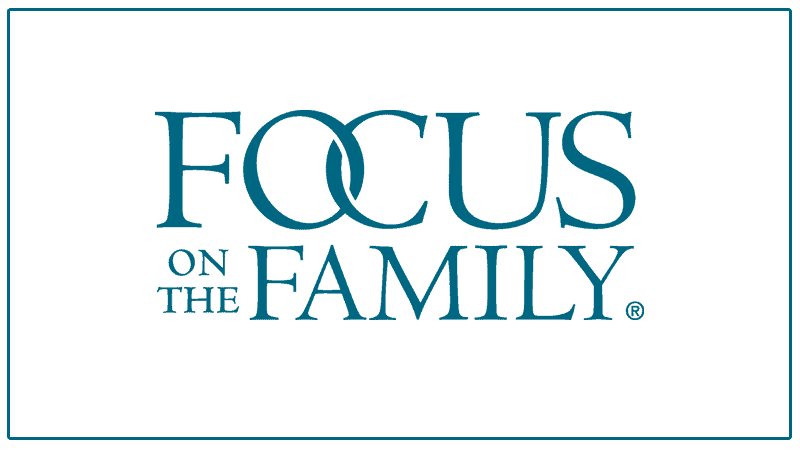Experts in adolescent substance problems have identified a common progression of alcohol- and drug-related behaviors that moves from bad to worse. While it is not a foregone conclusion that everyone who experiments with drugs will progress to the worst stages of involvement, a child can incur a lot of damage before parents or others notice that something is wrong. Secretive adolescent behavior and skillful lying, combined with parental denial (“No one in our family could have a drug problem!”), may delay identification of the problem. While paranoia and daily inquisitions around the breakfast table are counterproductive, wise parents will keep their eyes and ears open and promptly take action if they see any signs that a problem may be developing.
Stage one: Experimentation — entering the drug gateway
Characteristics:
- Use is occasional, sporadic, often unplanned — weekends, summer nights, unsupervised parties.
- Use is precipitated by peer pressure, curiosity, thrill-seeking, desire to look and feel grown-up.
- Gateway drugs are usually used — cigarettes, alcohol, marijuana, possibly inhalants.
- A drug high is easier to experience because tolerance has not been developed.
Parents may notice:
- Tobacco or alcohol on the breath or intoxicated behavior.
- Little change in normal behavior between episodes of drug use.
Stage two: More regular drug use — leaving the land of the living
Characteristics:
- Alcohol and other drugs are used not only on weekends but also on weekdays, and not only with friends but when alone.
- Quantities of alcohol and drugs increase as tolerance develops; hangovers become more common.
- Blackouts — periods of time in which drugs or alcohol prevent normal memories from forming — may occur. “What happened last night?” becomes a frequent question.
- More time and attention are focused on when the next drug experience will occur.
- Fellow drinkers/drug users become preferred companions.
Parents may notice:
- A son or daughter will be out of the house later at night, overnight or all weekend.
- Unexplained school absences and deteriorating school performance.
- Outside activities such as sports are dropped.
- Decreased contact with friends who don’t use drugs.
- Disappearance of money or other valuables.
- Withdrawal from the family, and an increasingly sullen and hostile attitude.
- The user is caught in one or many lies.
Stage three: Waist deep in the mire of addiction — and sinking
Characteristics:
- Alcohol and drugs become the primary focus of attention.
- Becoming high is a daily event.
- A willingness to try more dangerous drugs or combinations of drugs.
- More money is spent each week on drugs. Theft or dealing may become part of drug-seeking behavior.
- Increasing social isolation and loss of contact with non-drug-using friends. More drug use in isolation, rather than at parties or with other users.
Parents may notice the behaviors listed earlier, plus:
- Escalation of conflicts at home.
- Loss of nearly all control of the adolescent.
- Possible discovery of a stash of drugs at home.
- Arrest(s) for possession of and/or dealing drugs or for driving while intoxicated.
Stage four: Drowning in addiction
Characteristics:
- Constant state of intoxication. Being high or stoned is routine, even at school or a job (if the user even bothers to attend).
- Blackouts increase in frequency.
- Physical appearance deteriorates, with noticeable weight loss, infection, and overall poor self-care.
- Injectable drugs may be part of the user’s routine.
- Involvement in casual sexual relationships, at times in exchange for drugs.
- User will likely be involved with theft, dealing and other criminal activity.
- Guilt, self-hatred and thoughts of suicide increase.
Parents are likely to deal with:
- Complete loss of control of adolescent’s behavior and escalation of conflict, possibly to the point of violence.
- Ongoing denial by the user that drugs are a problem.
- Increasing problems with the law and time spent with police, attorneys, hearings, court officials, etc.
- Other siblings negatively affected because the family is preoccupied or overwhelmed by consequences of the drug user’s behavior.
This descent into drug hell is a nightmare that no parent envisions while rocking a newborn baby or escorting an eager 5-year-old to kindergarten. But it can happen in any neighborhood, any church, any family, even when parents have provided a stable and loving home environment. In fact, it is often in such homes that a drug problem goes undetected until it’s reached an advanced and dangerous stage. This can’t be happening; not in my house! But if it does, parental guilt, anger and depression can undermine the responses necessary to restore order.

